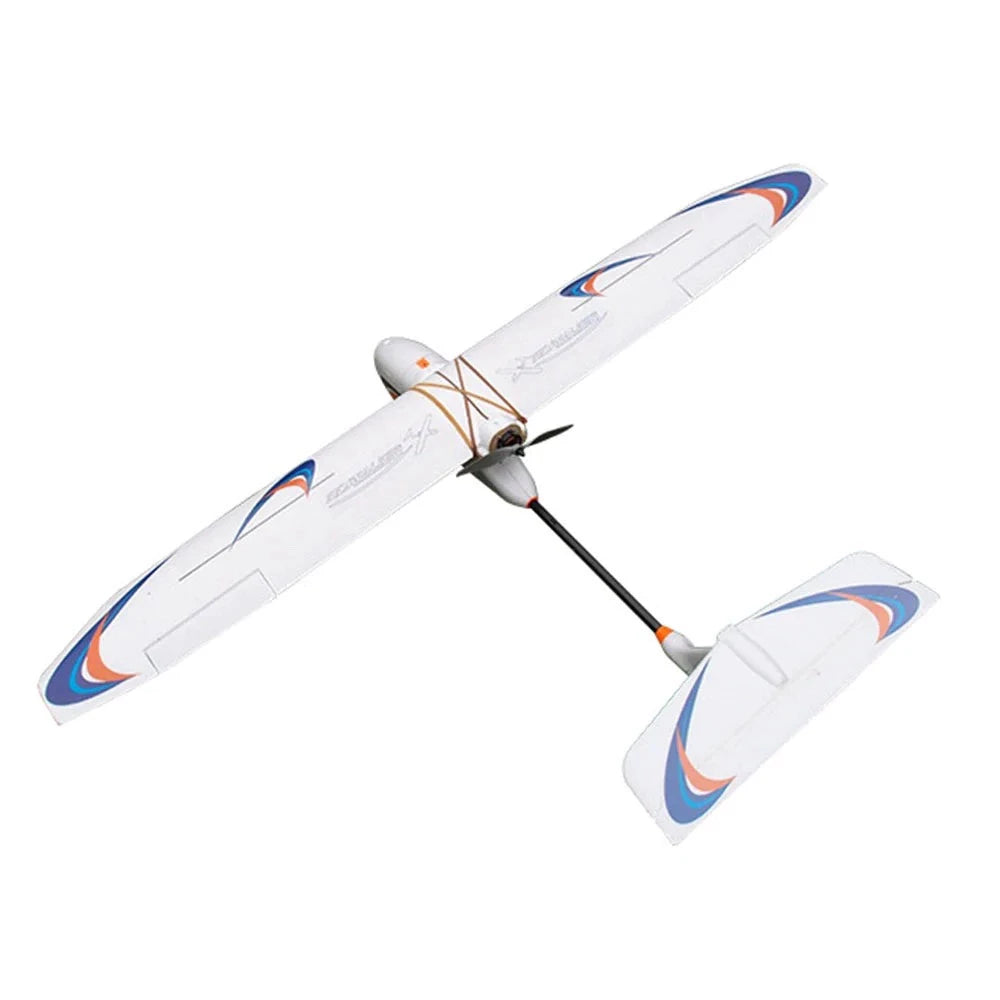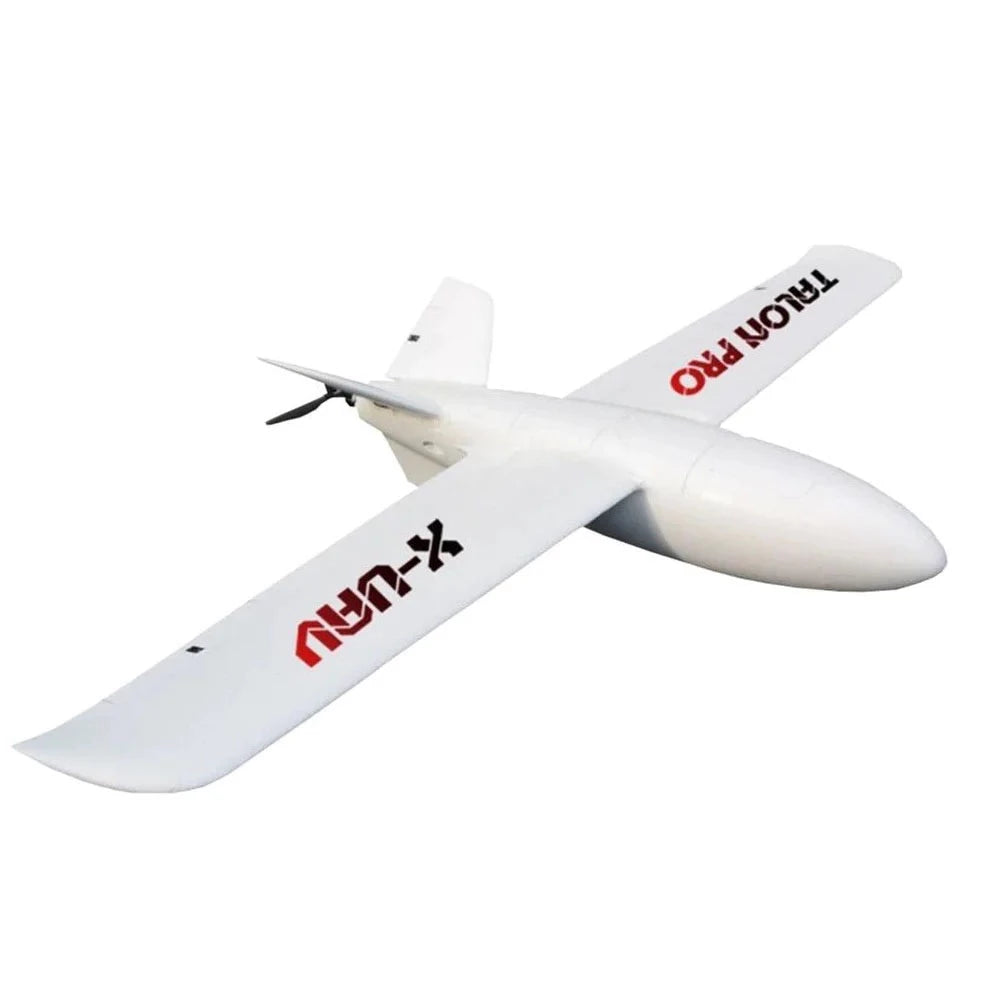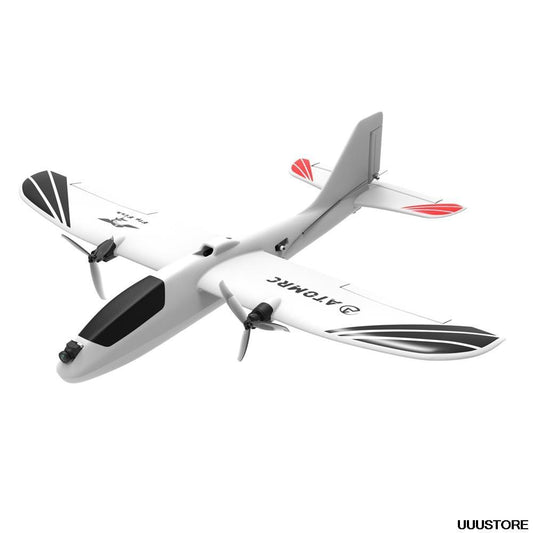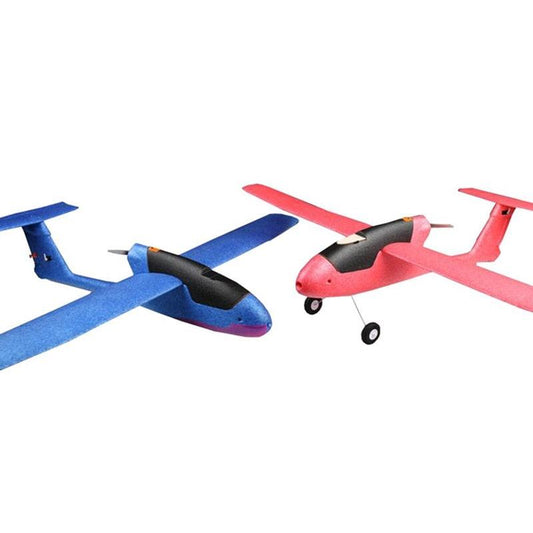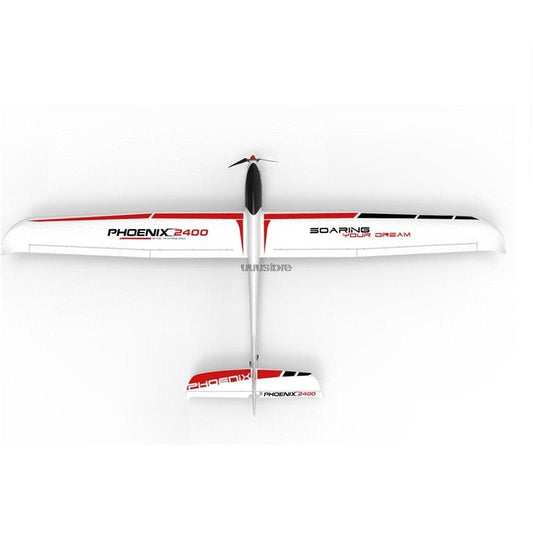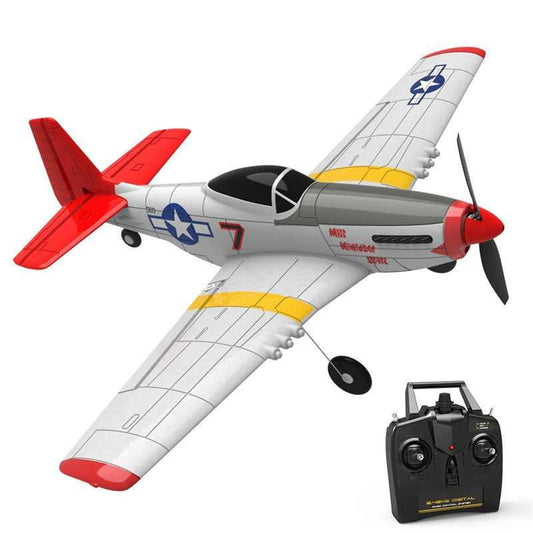Related Collections
-
FX930 EPP Foam - Remote Control 2.4G Glider Fixed Wing Model RC Aircraft J20 Veyron Fighter Rc Planes Drone for Adults Children
Regular price From $49.45 USDRegular priceUnit price per -
2000m RC Foam J11 Plane - with GPS 2.4G 6Ch Remote Control Glider Fighter Smart Balance Aircraft Toys for Adults Children
Regular price From $387.43 USDRegular priceUnit price per -
X-UAV Clouds RC Airplane - 1880mm Wingspan EPO FPV / Aerial version Fixed Wing Aircraft RC Model Airplane KIT RC Plane Drone
Regular price From $671.51 USDRegular priceUnit price per -
ZOHD Nano Fixed Wing Aircraft - Talon 860mm Wingspan AIO HD V-Tail EPP FPV Fix wing drone RC Airplane PNP With Gyro RC Plane
Regular price $220.63 USDRegular priceUnit price per -
ATOMRC Flying Fish - 650mm Wingspan Fixed Wing Aircraft RC Airplane PNP/FPV PNP Outdoor Toys for Children Beginner
Regular price From $184.54 USDRegular priceUnit price per -
Skywalker Mini Plus Fixed Wing Aircraft - 1100mm Wingspan EPP FPV RC Airplane Beginner Trainer Fixed Wing KIT With Landing Gear RC Plane Drone
Regular price From $138.06 USDRegular priceUnit price per -
Reptile DRAGON-1200 - 2023 New RC AirPlane Wingspan 1200mm FPV Flying Wing EPP Foam Support Runcam GoPro FPV Camera KIT PNP Fixed Wind AirCraft
Regular price From $230.58 USDRegular priceUnit price per -
ZOHD Dart Wingspan RC Airplane - 250G 570mm Wingspan Sweep Fixed Wing RC Plane AIO EPP FPV PNP Ready Version RC Airplane RC Drone
Regular price From $92.80 USDRegular priceUnit price per -
Volantex Phoenix 2400 Fixed Wing Aircraft - TW759-3 2400mm Fixwing Wingspan EPO RC airplane Glider plane Model have PNP / KIT Version
Regular price From $344.46 USDRegular priceUnit price per -
Beginner Electric Sonicmodell AR Wing Pro RC Airplane - 1000mm Wingspan EPP FPV Flying Wing Model Building KIT/PNP Version RC Plane Drone
Regular price From $198.69 USDRegular priceUnit price per -
Eachine Mini P-51D Rc AirPlane - EPP 400mm Wingspan 2.4G 6-Axis Electric RC plane Trainer 14mins Fight Time Fixed Wing RTF for Beginner
Regular price From $118.27 USDRegular priceUnit price per

